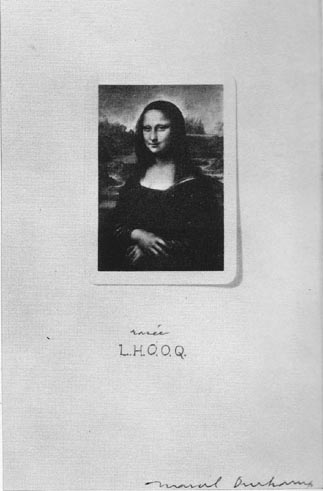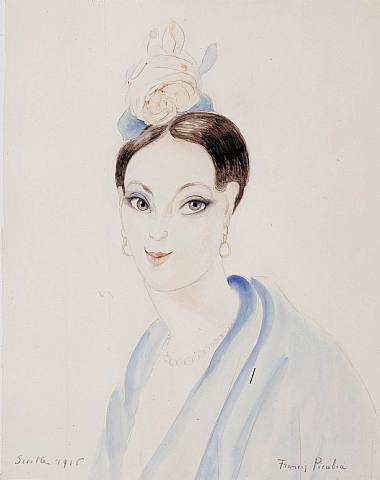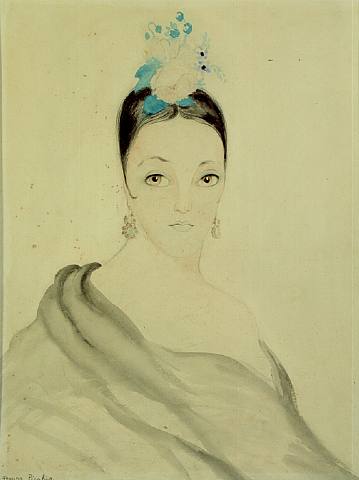A Something
Else Manifesto
by Dick Higgins
When asked what one is doing, one can only explain it as “something else.” Now one does something big, now one does something small, now another big thing, now another little thing. Always it is something else.
We can talk about a thing, but we cannot talk a thing. It is always something else.
One might well emphasize this. It happens, doesn’t it? Actually, everybody might be in on this Something Else, whether he wants it or not. Everyman is.
For what is one confined in one’s activity? Commitment on a personal level can be plural. One can be committed to both salads and fish, political action and photographic engineering, art and non-art. One does, we hope, what seems necessary, or, at least, not extraneous, not simply that to which one has committed oneself. One doesn’t want to be like the little German who hated the little Menshevik because the little German always did his things in a roll format, and when the little Menshevik did that kind of thing too, the little German got into a tizzy. If one is consistent and inconsistent often enough nothing that one does is one’s own, certainly not a form, which is only a part of speech in one’s language. One must take special care not to influence oneself. Tomorrow one will write Schubert’s Fifth Symphony, cook some kohlrabi, develop a non-toxic epoxy, and invent still another kind of theater; or perhaps one will just sit and scream; or perhaps . . .
When you touch a fact it is a fact. No idea is clear to us until a little soup has been spilled on it.
So when we are asked for bread, let’s give not stones, not stale bread. Maybe we have no bread at all, anyway. But why not give a little chicken?
Let’s chase down an art that clucks and fills our guts.
(From Manifestos, a Great Bear Pamphlet from 1966 containing various manifestos.)


